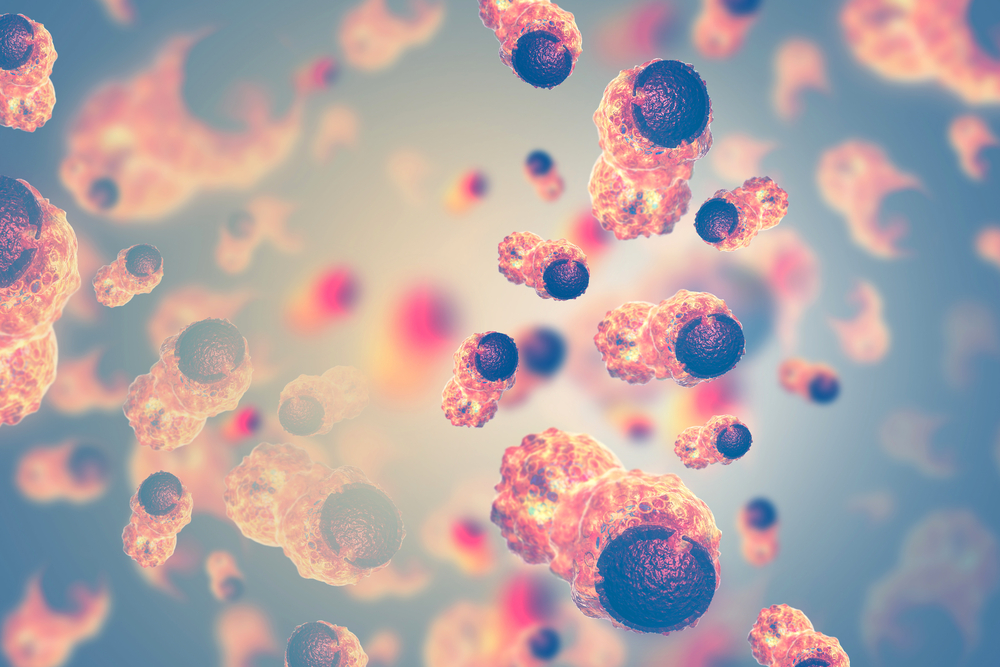
Rapamycin Inhibits The Effects Of Senescent Cells
November 22nd, 2017Rapamycin is one of the most well-known longevity drugs under study. It was originally found in 1972 in a soil sample on Easter Island1, and isolated from Streptomyces hygroscopicus (a bacterial species in the Streptomyces genus). It is an antifungal metabolite.
Prior research has revealed it could impact on something called the senescence – associated secretory phenotype or SASP.
How is this associated with aging?
Aging is associated with the increase in cellular senescence as we grow older, as well as inflammation also seen in the aging population. This cellular senescence has long been associated with various degenerative diseases such as Dementia and Alzheimer’s Disease. Studies on animals have shown longer longevity and more resistance to disease once senescent cells have been cleared out – and Rapamycin has been seen to have similar effects.
New research has shown that Rapamycin acts through an additional mechanism and is able to directly act on the SASP itself through another pathway. This reveals that Rapamycin works via a two-pronged approach and effectively inhibiting the SASP produced by the senescent cells.
Previous studies have shown that a leading cause of neurological diseases, such as Alzheimer’s, is SASP, as this damages astrocyte cells responsible for neuron function and health.
Further Reading
- Jing Li,Sang Gyun Kim, and John Blenis Rapamycin: one drug, many effects Cell Metab. 2014 Mar 4; 19(3): 373–379. Published online 2014 Feb 6. doi: 1016/j.cmet.2014.01.001
- Rong Wang, Zhen Yu, Bharath Sunchu, James Shoaf, Ivana Dang, Stephanie Zhao, Kelsey Caples, Lynda Bradley, Laura M. Beaver, Emily Ho, Christiane V. Löhr, Viviana I. Perez.Rapamycin inhibits the secretory phenotype of senescent cells by a Nrf2-independent mechanism.Aging Cell, 2017; DOI: 1111/acel.12587








